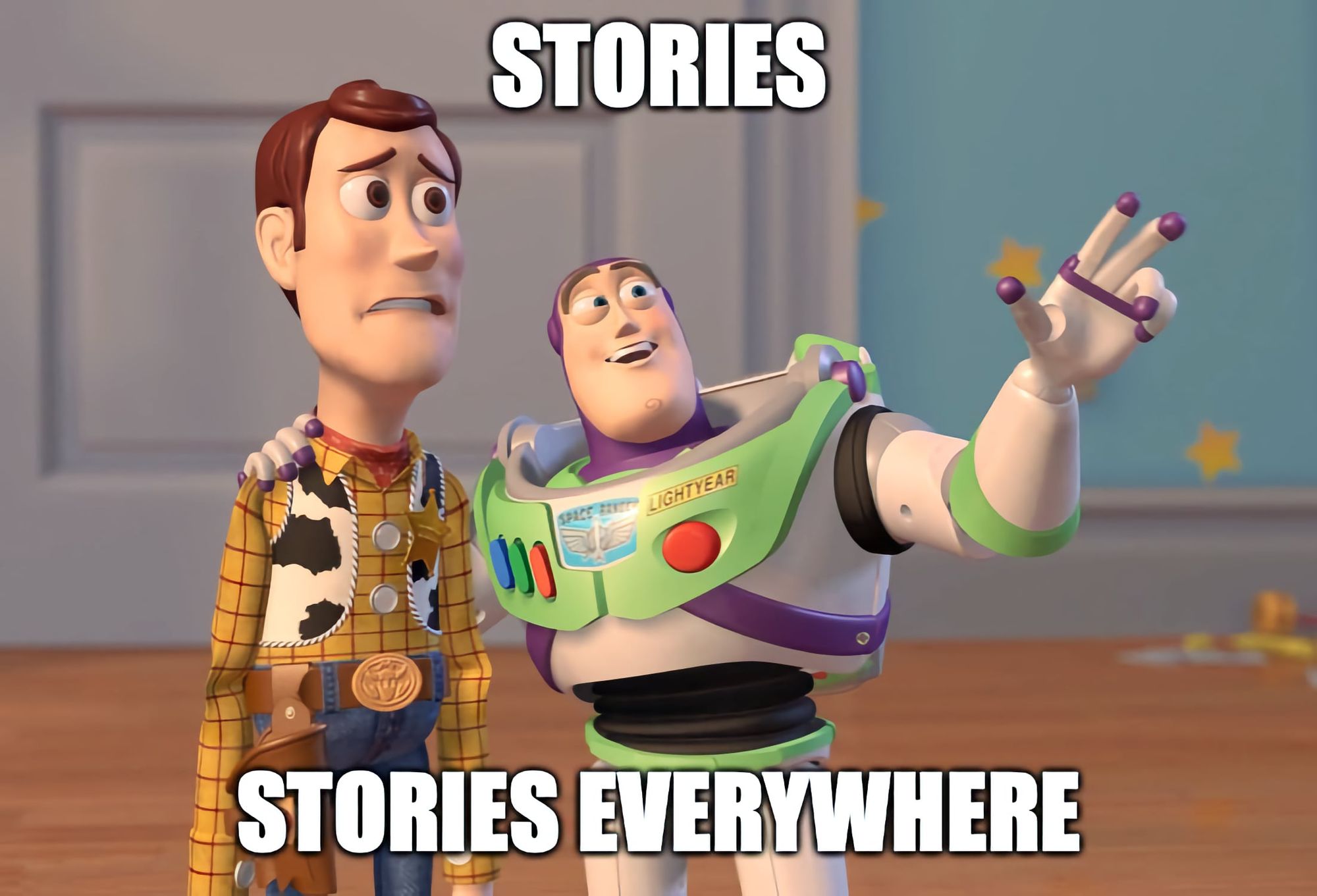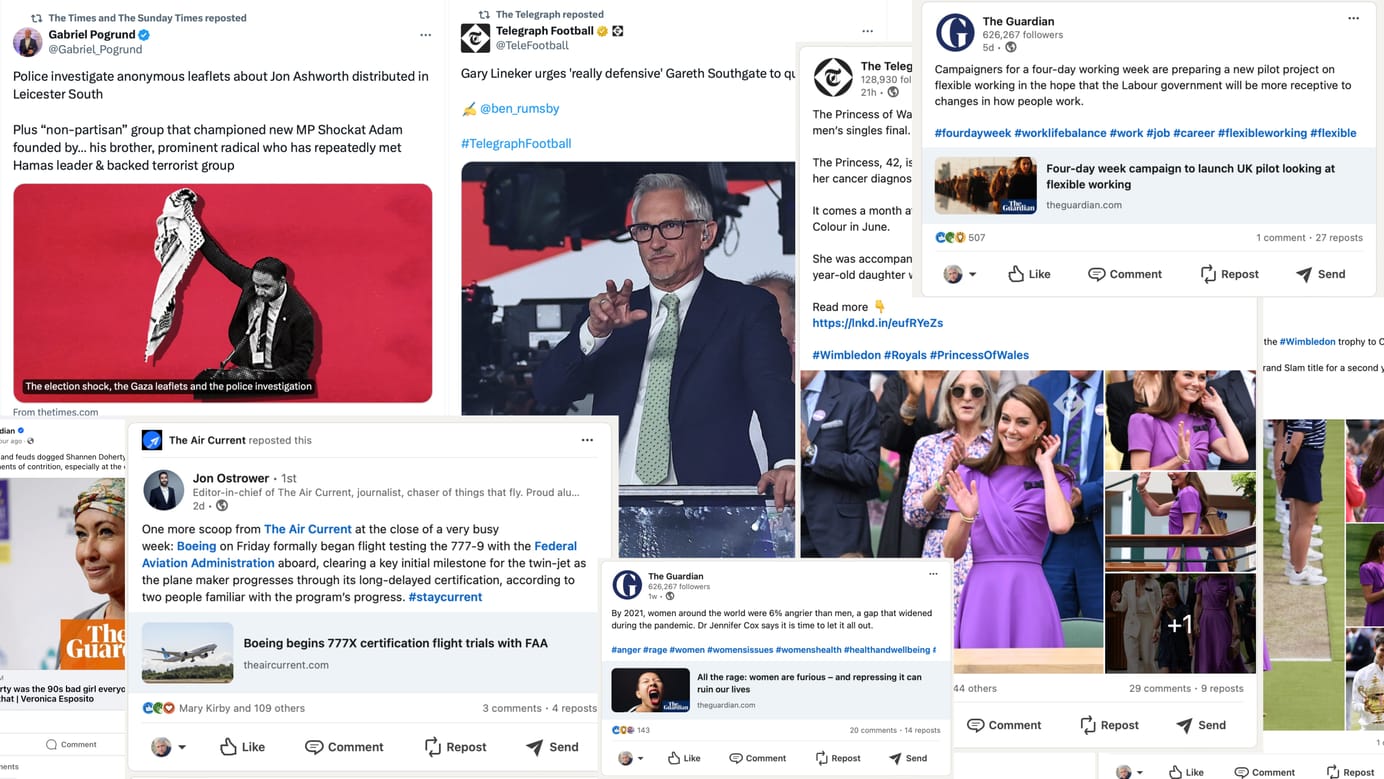
Fleets were fleeting, and there's a lesson in that
Twitter's clone of the Stories feature lasted less than a year. That should serve as a warning to those who love jumping on the early adopter train.
Ah, Fleets. Twitter's own little Stories clone. How briefly we knew you. Born, ignored and died in a mere eight months. What a fleeti…
No, even I can't bring myself to make the obvious joke.
Twitter is killing its Fleets product from early next month.
The reasons they give are interesting:
Although we built Fleets to address some of the anxieties that hold people back from Tweeting, Fleets are mostly used by people who are already Tweeting to amplify their own Tweets and talk directly with others.
Oh, lordy. The last thing we need is to give another outlet to those who already have Twitterrhoea. And a tweet from Twitter Support makes it clear that it was mainly extremely online Twitter users fleeting away:
We had planned for Fleets to help people feel comfortable joining the conversation in a low-pressure way, but it turns out Fleets were mainly used by those Tweeting the most.
— Twitter Support (@TwitterSupport) July 14, 2021
So now we're ready to explore other ways for people to share on Twitter. (2/4)
Finding new ways of drawing people into Twitter is a worthy ambition, and I wish their product team luck with it. One likely outcome is a more media-rich stream of tweets:
Most Fleets include media — people enjoy quickly sharing photos and videos to add to the discussion on Twitter. Soon, we’ll test updates to the Tweet composer and camera to incorporate features from the Fleets composer — like the full-screen camera, text formatting options, and GIF stickers.
And, frankly, I'm glad not just to see Twitter killing the feature, but also making a public statement about doing so.
I'm not going to beat about the bush: this is a good thing. Twitter tried something, it didn't work and they pulled the plug. More tech companies should pull misconceived features sooner.
However, there are two lessons I think it's worth learning from this:
1. Being a pioneer is a risky business
One quote tweet caught my attention:
Can't make this up — I did a Fleets training today for our reporting team headed to Tokyo 🙃 https://t.co/oWM5I1dnX5
— Alex Ptachick (@alexptachick) July 14, 2021
Now, I've no way of knowing if USA Today was getting great engagement on its fleets. It's amazingly difficult to find Fleets from an account you're not following, so I'm not going to cast any aspersions on Alex's decision here. It might have been the right move for them.
However, there's a good reason that I have only one slide on Fleets in all my training decks: it's just too soon. Use of new features on social networks builds over time. That's why Facebook often games the process by giving algorithmic weight to new features. You don't need to rush into making them a mainstream part of your engagement strategy.
There's a very fine line to walk between gaining the advantage of being a first mover in an exploding space, and blowing valuable time on something that will never take off.
Sure, play with a new feature when it emerges. Give it a try. See if you get value. But, unless you see compelling evidence that it's gaining traction with enough people to make it worth the investment of your time, wait and watch. My one slide on Fleets? There from a lecture on the Audience Strategy module of the MA in Interactive Journalism, one where I'm encouraging the students to play with and evaluate new tools.
Part of the skill I was trying to teach was saying “not right now — I'll check again later” — if that's right for the audience you're trying to reach.
Time is your most precious resource. Make sure you're spending it wisely
2. Stories isn't the whole of the future

One of the oddities of the internet is a repeated insistence that Thing X is the future of the internet.
- “Video is the future of the internet” — part of it, sure. But words and pictures and audio are all still handy, too.
- “VR is the future of the internet” — I've been hearing this since the 90s. I fully expect to be hearing it until I croak.
- “Intranets are the future of the internet” — genuinely said to me in the mid-90s.
- “Crypto is the future of the internet” — go away and never darken my door again, you digital age snake oil salesperson.
Around a year ago, the received wisdom was that the Stories format, as pioneered by Snapchat and then ruthlessly cloned into Instagram and Facebook by Zuckerberg's coding counterfeiters, would be part of every product. Even LinkedIn has them. (Have you ever watched one on LinkedIn? I offer very reasonably priced therapy if you did.)
Twitter is the first to publicly retreat from them. And it's a great reminder that there is no one answer to the question “how to internet?”.
There's more a single answer to that question than there is “what's the best way of doing art?” Diversity in human expression online is to be valued, and a world where all the social platforms were identical would be a poorer one.
I look forward to seeing how Twitter answers that question in future, without merely copying others. That's Facebook's area of expertise.
What win I, if I gain the thing I seek?
A dream, a breath, a froth of fleeting joy.
— William Shakespeare
Sign up for e-mail updates
Join the newsletter to receive the latest posts in your inbox.










